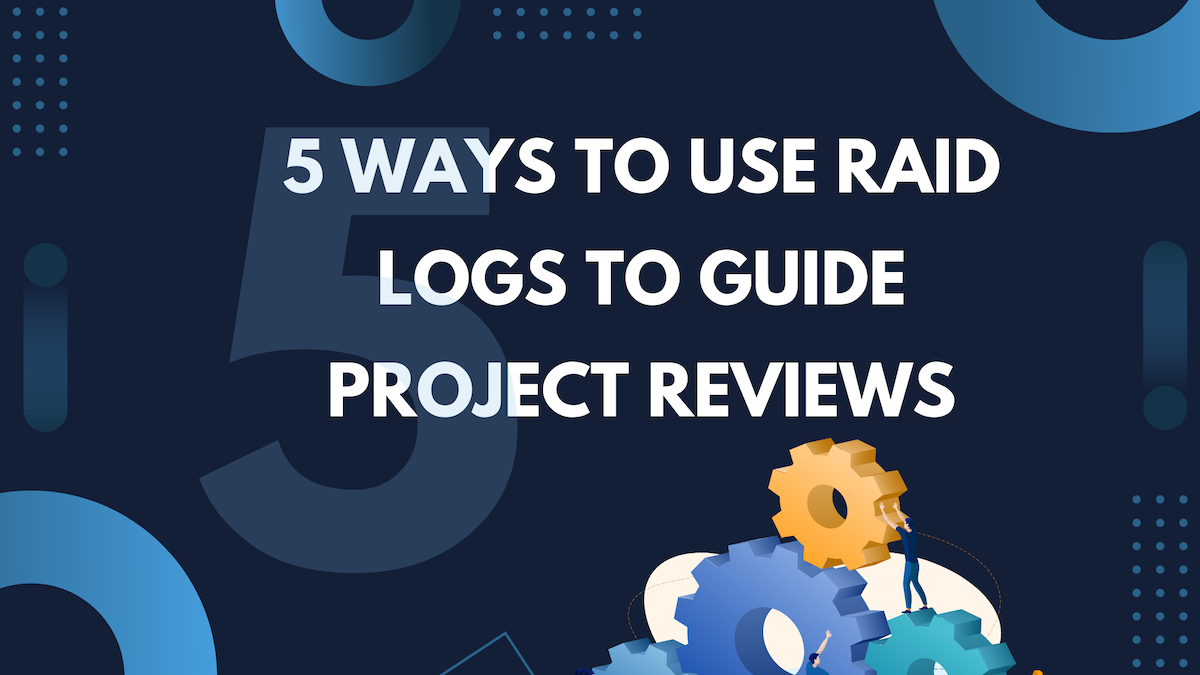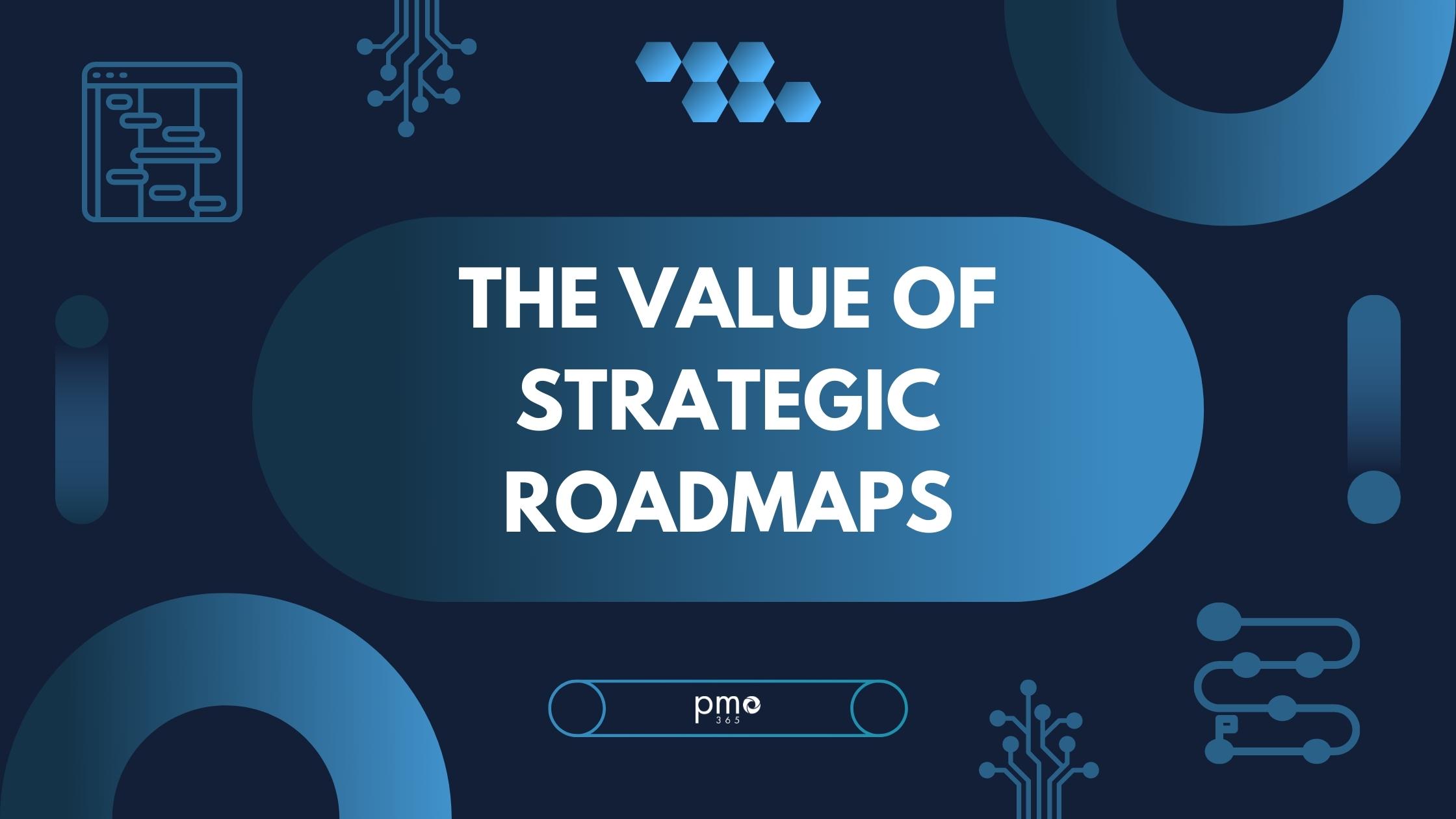The Product Roadmap is one of the most common forms of roadmaps. They have become a vital tool for product management teams to keep on track, on budget and within scope. Adapted largely by software and information technology teams, product roadmaps offer a valuable insight into product management which is often long-term, open-ended and vague in nature.
This article is a continuation of a series on roadmaps. Be sure to check out the introductory post and follow the series to learn more about different types of roadmaps.
What is the Product Roadmap?
A product roadmap is a high-level overview of a product’s vision and direction over a period of time. It helps clearly communicate the objectives and purpose of the product in an easy to understand visual format. In this way it helps product teams focus on what matters most.
It is a particularly valuable tool for both internal and external communications. Firstly, the product roadmap facilitates internal stakeholder collaboration and alignment, from sales teams to executives. It makes sure features and upgrades to the product are in line with the organisation’s strategy and capacity. Secondly, the product roadmap helps communicate product vision to external vendors and simplify any external collaboration activities. Project managers can also use it to build excitement among customers for upcoming features and updates.
Because product teams often apply agile-based methodologies, the product roadmap’s terminology, as well as its structure and data can vary. However, the underlying objective is always to:
- Outline the product vision and strategy
- Act as the guiding document for product execution
- Enable stakeholder collaboration, engagement and alignment
- Facilitate discussion and higher-level planning
The Product Roadmap vs The Project Roadmap
Whilst these two roadmaps serve a similar purpose, the way that they represent and convey data varies. A product, by nature, does not often have a defined start or end date which means its roadmap has a much more strategic focus. Projects, on the other hand, have more defined dates, deliverables, and boundaries, and this makes their roadmaps more tactical.
The key differences between the two is their core elements. The product roadmap often includes elements like vision, strategy, goals, features, user stories, and more. Product roadmaps fit the open-ended nature of product development. Alternatively, the project roadmap contains elements that include milestones, timelines, resource allocations, risks, and so on. These elements are typically working within the triple constraints of project management – cost, time, and scope.
Benefits of the Product Roadmap
More than just a bird’s eye view over products, the product roadmap provides a myriad of benefits, including:
Easy handover and continuity
Product teams need members that are knowledgeable about all facets of the product to maintain continuity and agility during the development process. However, this dependency on tight-knit teams can prove challenging if team members leave or come in to the team. A product roadmap gives any incoming members a solid overview of the product in a single document. This eases the handover process and ensures the team maintains continuity.
Clear accountability over core tasks
Product roadmaps help clearly define task owners and their responsibilities. While teams often collaborate to complete a specific task, clearly assigning and visualising a distinct task owner ensures there is accountability over core tasks. Teams won’t be confused about ownership of tasks, and team members can focus on specific tasks rather than being part of too many areas of the product development cycle.
Facilitates strategic planning
The open-ended nature of products often makes it challenging for long-term planning. With a product roadmap, teams can plot out how they see their product developing over a longer time frame. This assists the organisation’s leaders to make more strategic plans. Products are often planned in iterative cycles spanning anywhere between one to four weeks. However, the product roadmap enables teams to plan much further ahead. This lets them match up with strategic planning cycles that typically run on annual or bi-annual cycles.
Prioritises the right tasks and prevents scope creep
The open-ended nature of products often leaves them vulnerable to scope creep. Scope creep occurs when product deliverables, objectives, and features grow far beyond their initial scope – leading to excessive budget overruns and delays. The product roadmap helps keep teams on track, by clearly defining overall objectives and strategy it allows them to prioritise the most important tasks and features.
Encourages communication and collaboration
Product development can often be a highly technical activity. That can make it hard to communicate with non-product related teams. The product roadmap’s clear visualisation of information helps translate the product vision, strategy, and progress into non-technical terms. This simplifies communication and encourages greater collaboration from other teams and stakeholders.
Key elements of the product roadmap
So what exactly makes up the product roadmap? As mentioned above, product roadmaps may vary depending on the chosen methodology of the team. However, they typically consist of the following elements:
Product strategy
A proper product roadmap starts with a product strategy. Building this strategy involves conducting market research, setting achievable goals, crafting a product vision, and developing a product that responds to customer and stakeholder demands.
Product vision
Within a product strategy often lies the product vision. It describes what the organisation aims to achieve with the product, the central value proposition, and the main benefits of the product.
Goals & objectives
Goals are the measurable benchmarks that form the product’s success metrics. In product management, goals are often defined through high-level statements that link to the core product vision and strategy. Objectives are more specific measurements that are often tied to tangible deliverables.
Initiatives
Initiatives are a group of user stories, also known as a ‘theme’ of work, required to complete a specific goal. The product roadmap may consist of several initiatives and they can be executed simultaneously. These initiatives are often represented in containers within a digital roadmap (the highest level grouping of activities within the roadmap) that allows teams to easily further breakdown tasks within them.
Releases
A product release refers to the launch of a new feature or functionality of the product that is represented on the product timeline.
User stories
A user story is the smallest unit of work within the product roadmap. It is an end goal that is described from the perspective of the user. It ensures that all aspects of the product development cycle are generating value for the user.
Epics
An epic is a larger compilation of user stories that cannot be completed within a single release cycle. Epics are often broken down into smaller features or stories that are delivered incrementally over several releases.
Timelines
While products are often open-ended, they still have defined timelines between their releases. The timeline helps visualise when product release will occur over a period of time. Depending on the level of detail required and the organisation’s strategic planning needs, the time frame can vary from days to quarters, or years.
Minimum viable product
A Minimum Viable Product (MVP) is the minimal form of a product that can be launched and tested in the market. It usually describes the core functionalities and minimum features that need to be completed to properly test and validate a product.
Product Roadmap Best Practices
Here are a few tips to help you make the most out of your product roadmaps:
Keep it simple, keep it clear
A product roadmap is not a product backlog. It is not meant to provide every piece of detail and information regarding the tasks at hand. As an overview document, it is meant to give different stakeholders an understanding of the product and its progress at a glance. To do so, make sure to keep your product roadmaps simple, clear, and concise. Overloading information and detail defeats the main objective of the product roadmap itself.
Continuously update your product roadmaps
A product roadmap is a living document. It changes and evolves as the product develops. While many product roadmaps tools are automated to a certain degree, it is important to actively update and review your roadmaps to make sure they reflect real-time conditions. While it can seem like an additional administrative task, checking and updating progress makes sure the document is accurate and usable for all necessary stakeholders at any given time.
Encourage collaboration and communication
Product roadmaps are a valuable communication tool, so make sure to use them to their full capacity. Ensuring that all stakeholders have access to the document and keeping the document updated allows for teams to easily collaborate with other stakeholders as they are all on the same page. A successful product is a product that considers the feedback and perspectives of different teams – from sales to customer experient to engineers and more to ensure a more holistic product experience.
Learn more about roadmaps with pmo365
Our team understands the value of roadmaps for any organisation. That is why we have spent a lot of time assisting project management professionals to make the most out of their roadmaps. Be sure to follow this series on our blog. Read more about the next type of roadmap, portfolio roadmaps, here.













